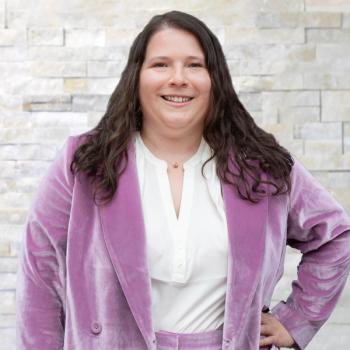
Society for Applied Spectroscopy Presents Student Awards at SciX 2015
The Society for Applied Spectroscopy (SAS) presented the SAS undergraduate student research excellence, student poster awards, and student travel grants, on Sunday, September 27, at SciX 2015, at the opening reception and student poster session.
The Society for Applied Spectroscopy (SAS) presented the SAS undergraduate student research excellence, student poster awards, and student travel grants, on Sunday, September 27, at SciX 2015, at the opening reception and student poster session. Ian Lewis, past president of the society, presented the awards, and student representative Chad Adkins assisted Lewis in the presentation. SAS co-sponsored the poster session with SciX.
Each year, SAS grants the Undergraduate Student Awards for research excellence in spectroscopy by undergraduate students. This year, there were four awardees.
Jason Becker from Purdue University (West Lafayette, Indiana), under the direction of Prasoon Diwaker, received the first award, in recognition of his research interests including the use of spectroscopy, specifically laser-induced breakdown spectroscopy (LIBS), for the detection of nuclear materials, and his work on methods to improve the LIBS technique with contributions in the area of double-pulse LIBS and the use of a femtosecond laser as opposed to the standard nanosecond laser.
The second Undergraduate Student Award was presented to Patrick Skrodzki of Purdue University, also under the direction of Prasoon Diwaker, for research in laser-material interaction and other spectroscopy methods, nuclear forensics, and low-temperature plasma physics and applications.
Next, Michaella Raglione of the University of Delaware (Newark, Delaware), under the direction of Svilen Bobev, was recognized for her participation in a research project investigating the amorphous-to-crystalline transformation of indomethacin using both mid-frequency and low-frequency Raman spectroscopy.
The final Undergraduate Student Award went to Allen Walker of Calumet College of St. Joseph (Whiting, Indiana), under the direction of Ahmed Lakhani, for research in theoretical and applied spectroscopy and in both theoretical and experimental areas of dipole-dipole coupling of peptide and protein molecules.
Four SAS Student Poster Awards were presented next, with winners receiving a one-year membership in SAS, and a plaque. Awarded were David Surmick of the University of Tennessee Space Institute (Tullahoma, Tennessee), for “Self-Absorption Measurements of Resonant Aluminum Lines;” Liesl Krause of Villanova University (Villanova, Pennsylvania) and Purdue University for “Cold Atmospheric Plasma: An Inside Look Through Optical Diagnostics;” Jason Becker for “Absorption Spectroscopy of Uranium 238 in Laser Induced Plasma;” and Swati Naik of Central Michigan University for “Non-Hydrolytic Processing of Transition Metal-Doped TiO2 Nanostructures for Photocatlytic Applications.”
Lewis also presented travel grants for deserving undergraduate students to attend the conference and present their work at the Sunday poster session. To receive a travel grant, students must submit an application and financial need statements, and have support from their advisors.This year, travel grants were awarded to Liesel Krause, John Orlet of Truman State University (Kirksville, Missouri), and Colleen Riordan of the University of Notre Dame (Notre Dame, Indiana).
Newsletter
Get essential updates on the latest spectroscopy technologies, regulatory standards, and best practices—subscribe today to Spectroscopy.



